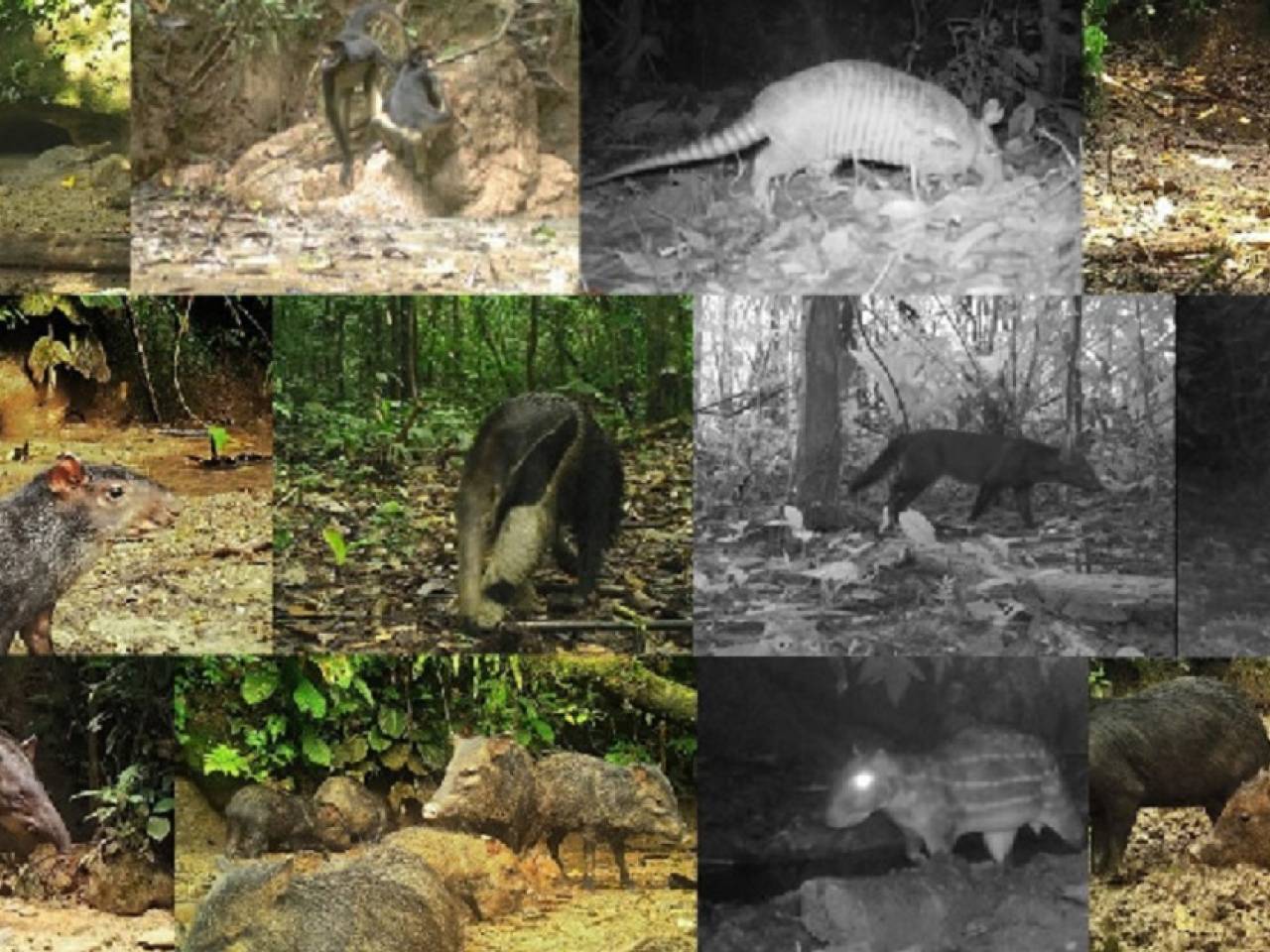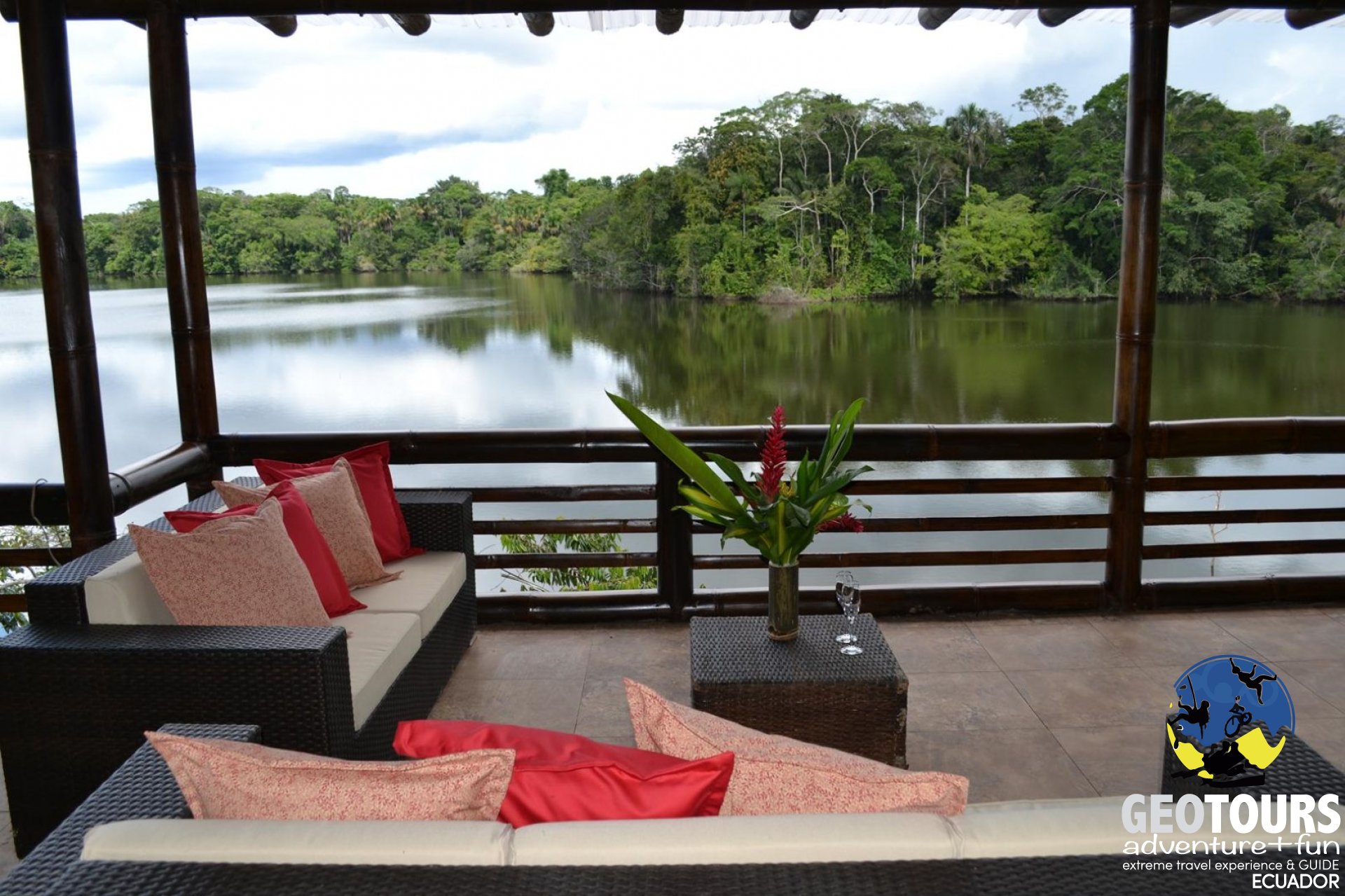RIO DE JANEIRO, BRAZIL – The Ministry of Environment of Ecuador revealed Thursday (23) an investigation highlighting the potential for sustainable tourism in the sites where mammal salt licks have been installed in Yasuní National Park, a protected forest in the Ecuadorian Amazon.
In a press release, the Ministry said that an investigation by Yasuní National Park and the Ministry’s Environmental and Social Reparation Program revealed that the salt licks located in the Añangu Kichwa community are frequented by mammals native to the area to feed.
Read also: Check out our coverage on Ecuador
“These sites could be part of sustainable tourism programs,” said the study published in the Mexican mastozoology journal “Therya,” which specializes in the study of mammals worldwide.

He added that salt licks are areas where several species of animals converge, including mammals, which frequent these places to consume water and salt as a mineral supplement.
For this study, the Ministry’s report added, three natural salt licks were identified within the Añangu community, located on the banks of the Napo River.
Three “camera trap” stations have been installed there to learn about the large and medium-sized species that use the salt licks and, based on the records, “to counteract the information with data from previous years that showed a decrease in wildlife in the area,” it added.
After 249 days of monitoring, 645 photographs have been taken of several species that frequent the salt licks, including red deer (mazama zamora), white-lipped peccaries (tayassu pecari), Amazonian tapirs (tapirus terrestris), and collared peccaries (pecari tajacu).
Likewise, only one photograph has been obtained of other species, such as the eastern anteater (tamandua tetradactyla), the white capuchin monkey (cebus yuracus), and the guatín (myoprocta pratti).
In addition, the investigation indicated that the sites where the salt licks have been placed could be used for subsistence hunting by the native communities that inhabit the area and even for “tourist wildlife observation visits, as long as they are used appropriately”.
For this reason, the Ministry of the Environment has invited the public to develop new research projects and visit the tourism ventures in the Amazon to help to mitigate wildlife trafficking and hunting.
Yasuní National Park, which covers almost one million hectares, is one of the essential biosphere reserves in the world and is home to two indigenous peoples in isolation: the Tagaeri and the Taromenane.
In 2007, the government of former president Rafael Correa proposed not to exploit the oil reserves under Yasuní in exchange for economic compensation from the international community.
However, his proposal did not succeed, and in 2014 oil exploitation began in the axis known as Ishpingo, Tambococha, and Tiputiuni (ITT), in an apex of Yasuní, under the criterion of doing so with the greatest possible environmental care and the use of state-of-the-art technology to minimize the impact of the activity.


